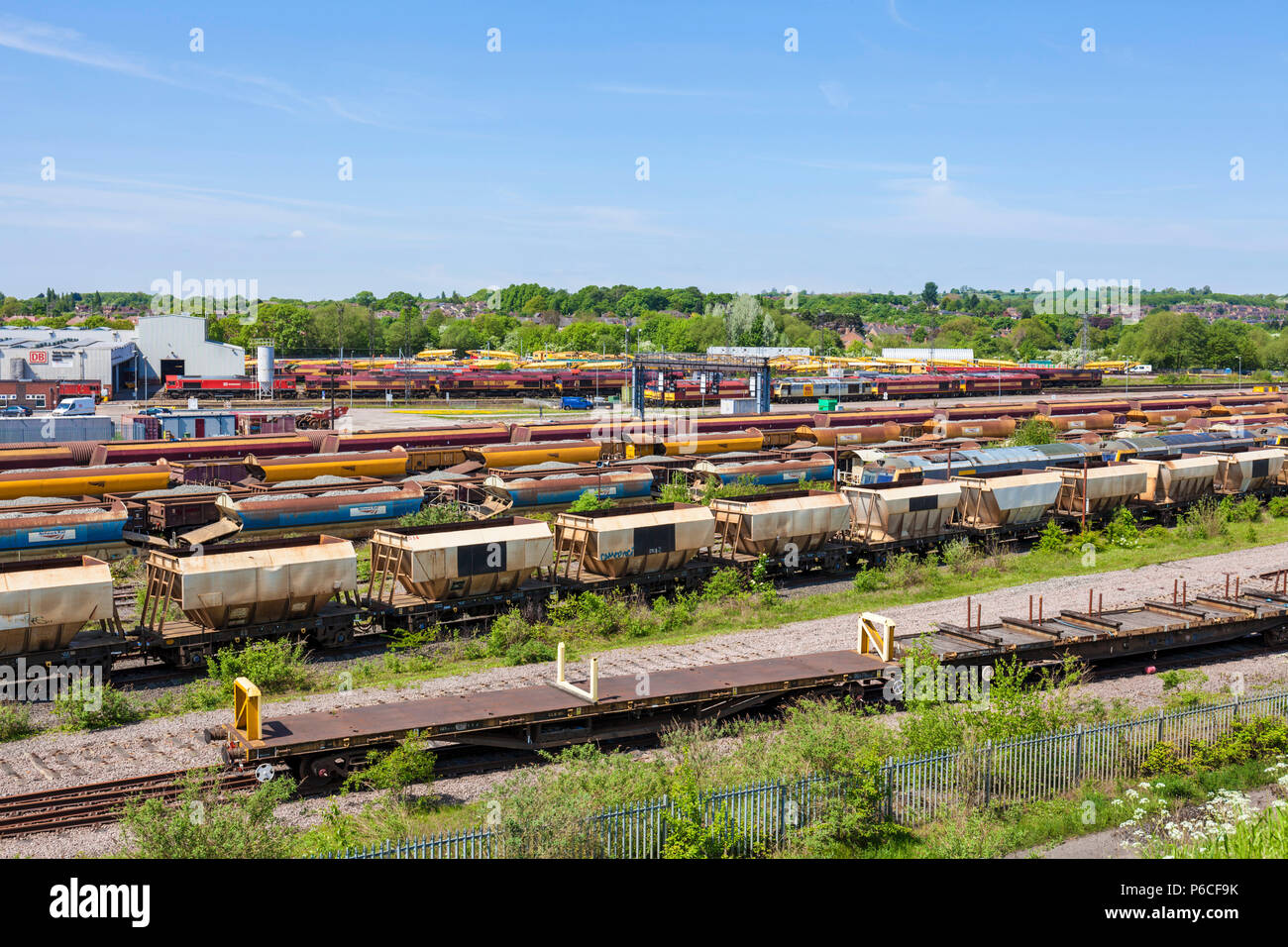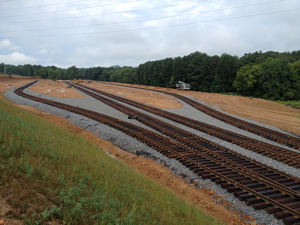Industrial Yard With Rail Sidings

Industrial spurs can vary greatly in length and railcar capacity depending on the requirements of the customer the spur is serving.
Industrial yard with rail sidings. Some things were common to all industrial or private railway sidings. Industrial spur an industrial spur is a type of secondary track used by railroads to allow customers at a location to load and unload railcars without interfering with other railroad operations. Minimal to no ballast. It is not uncommon for an infrequently used siding to fall into disrepair.
So slightly lower siding which can be done with using n scale sized roadbed versus the main. The document is an especially useful guide to the consulting engineers and to the contractors retained by groups firms requiring rail access. The specifications represent the minimum standard of construction and design for industrial lead and service tracks and in plant tracks. The most common rail connection was for just a siding or two running alongside the main line into the factory premises.
Some sidings have very occasional use having been built for example to service an industry a railway yard or a stub of a disused railway that has since closed. As a rule sidings are at a lower level than the main in part to prevent cars from rolling from siding to main. Sidings may also hold maintenance of way equipment or other equipment allowing trains to pass or store helper engines between runs. More vegetation on the track and between ties.
Derails protecting mainline tracks and controlled sidings shall be double switch point see appendix page a 34 and installed so that the derailed car is directed away from bnsf trackage. Weathering the sides of rail more on a siding. It shows transportation routes spanning over 32 000 miles. It may connect to through track or to other sidings at either end.
A siding in rail terminology is a low speed track section distinct from a running line or through route such as a main line or branch line or spur. Containers in railway sidings in a rail freight yard in the uk trains at station platforms nene valley railway wansford. A derail shall be placed on all tracks connecting with a main line siding or industrial lead. The rail siding and yard enables transportation of materials liquid natural gas and other by products via railroad tankers eliminating the need for road trucking.
Construct a rail siding to an existing facility to a green field site including rail access to industrial parks and to rail truck transload facilities. For the tie in at the active rail line lane coordinated regularly with the local rail agency. Those not so connected may be referred to as single ended or dead end sidings or stubs. Sidings often have lighter rails meant for lower speed or less heavy traffic and few if any signals.
Industrial sites rail maps of the u s. Rarely used railway sidings in an industrial area of east vancouver ww2 british auxiliary military pioneer corps in france shown here building railway sidings.
















































